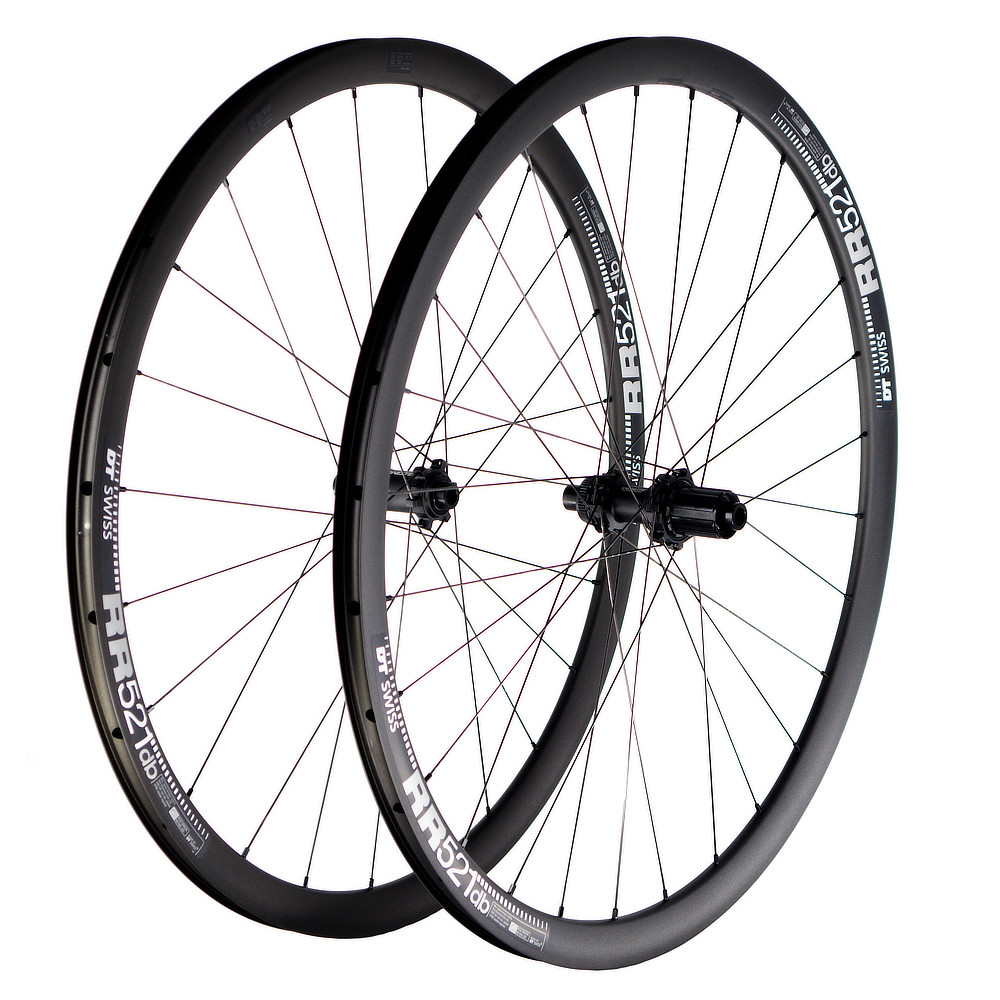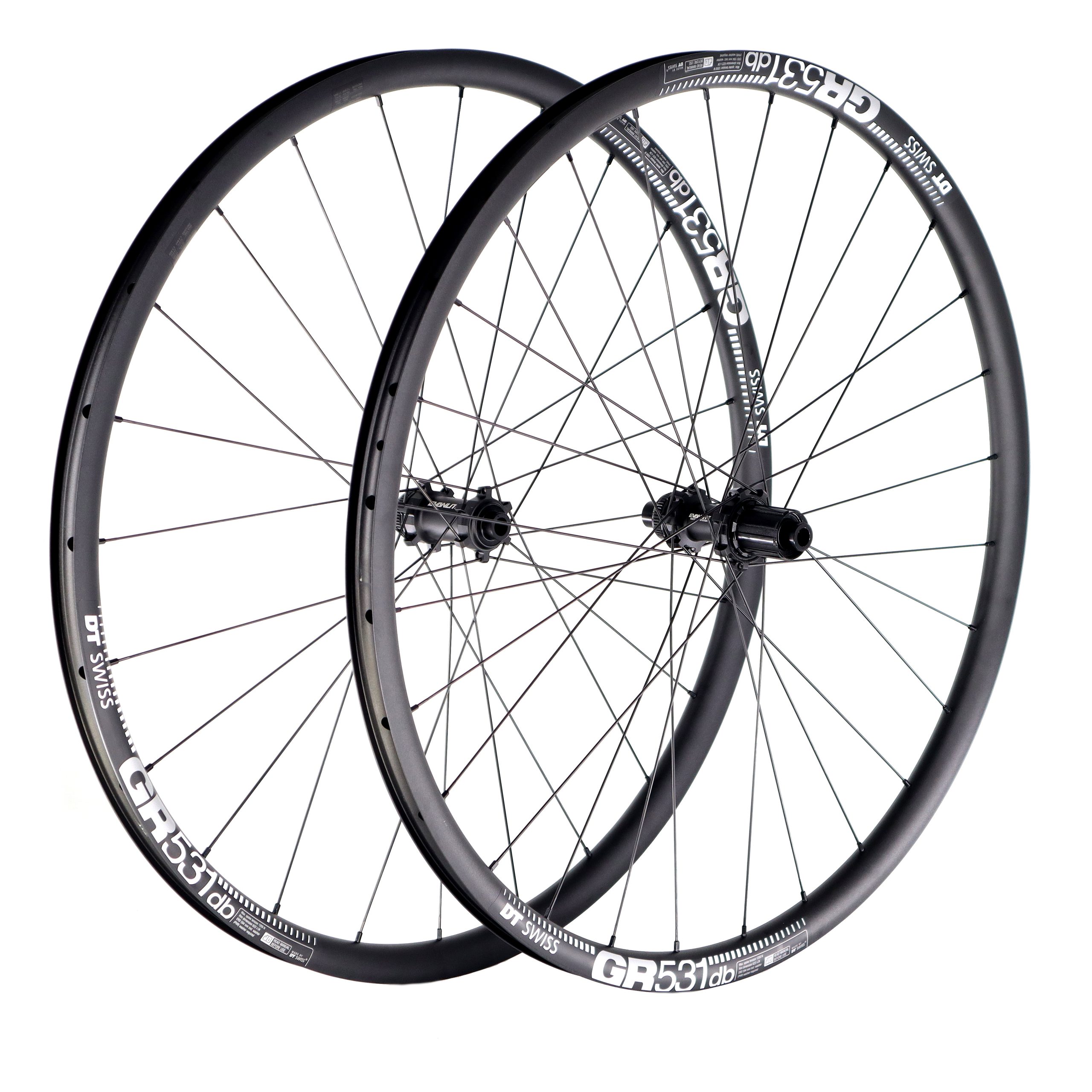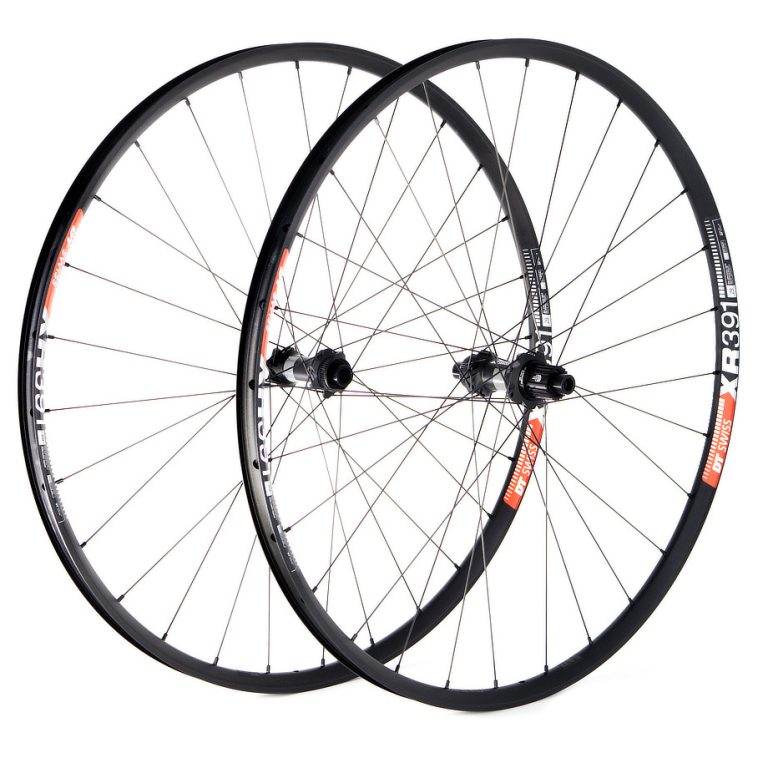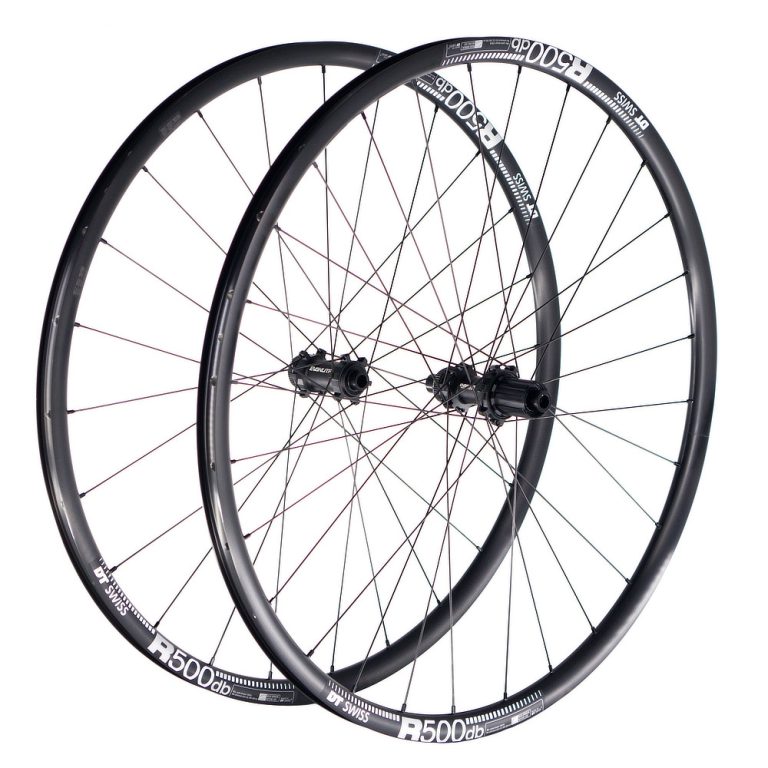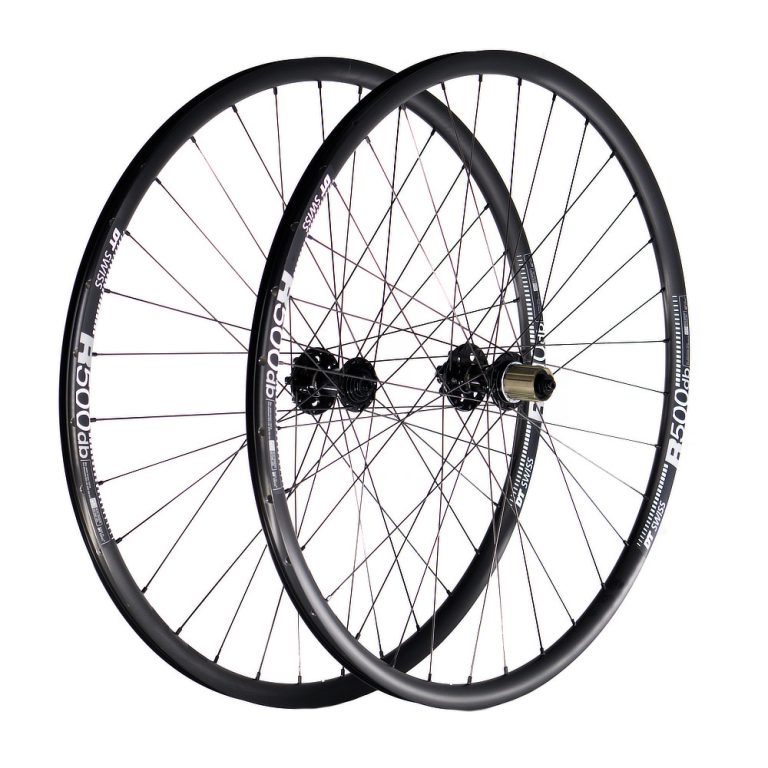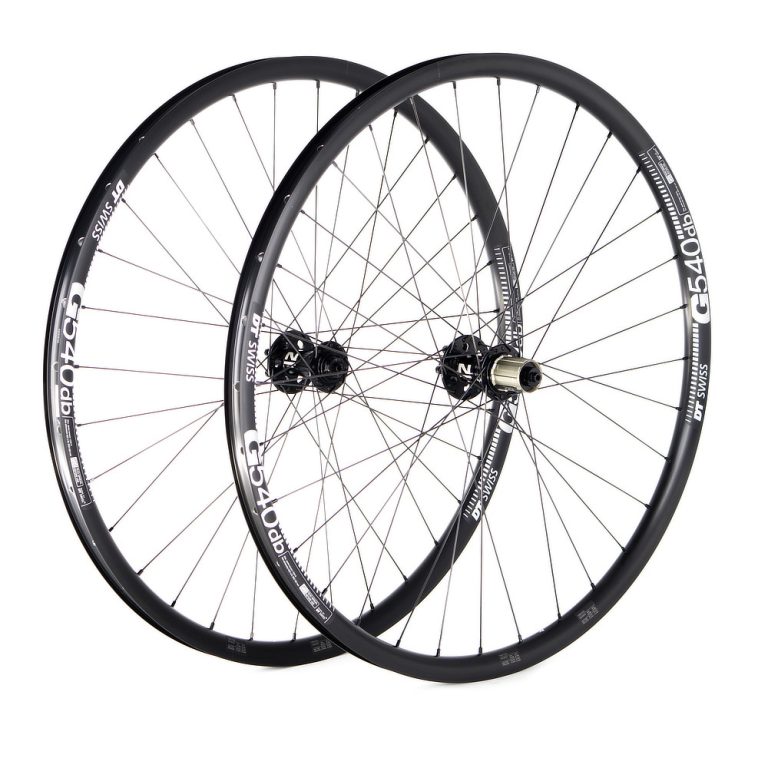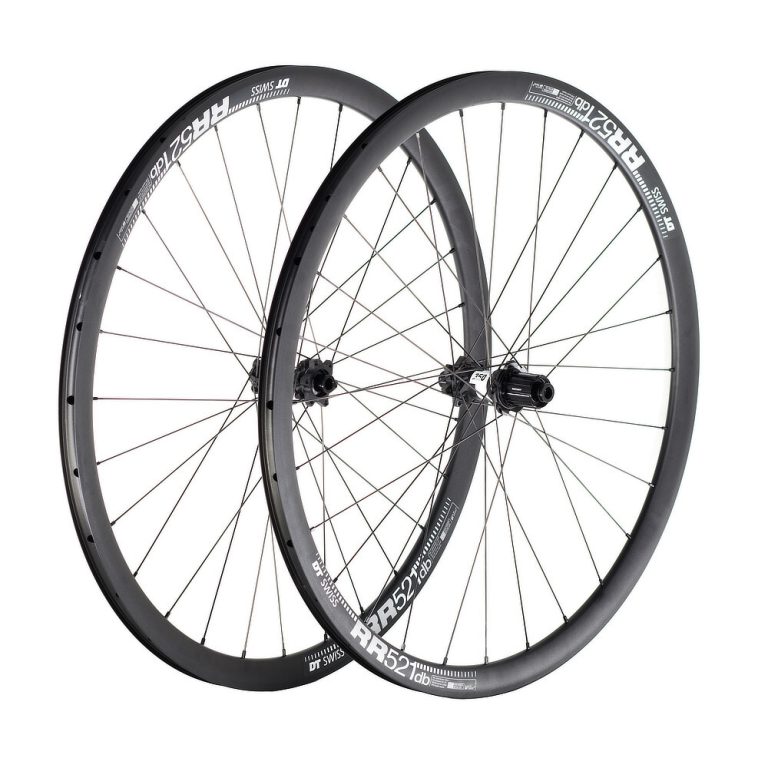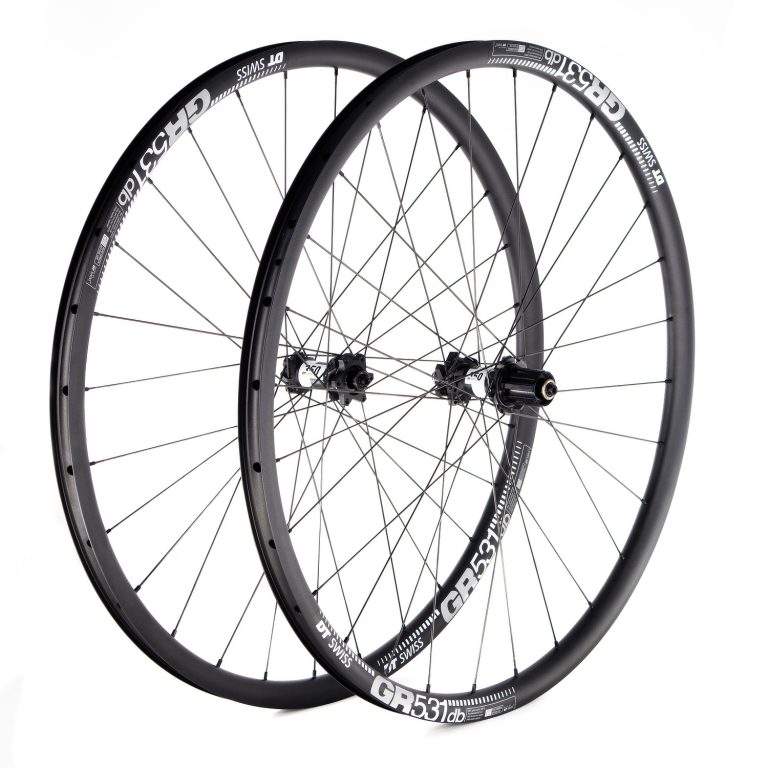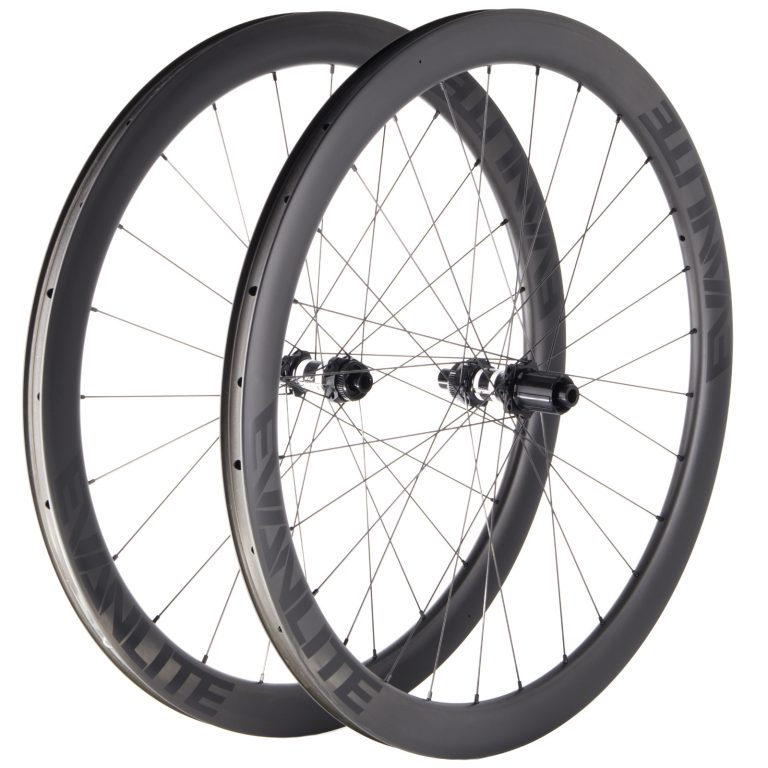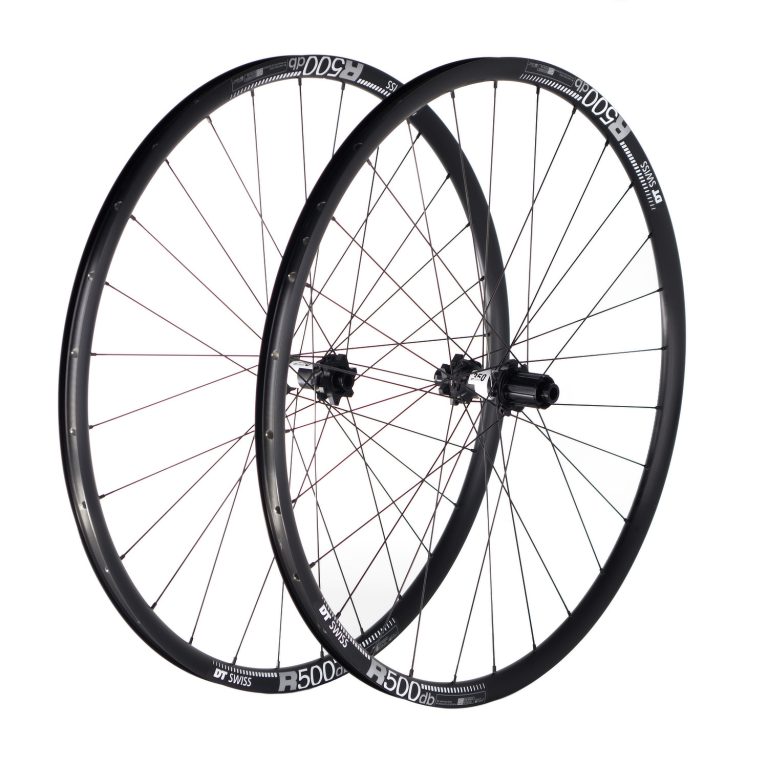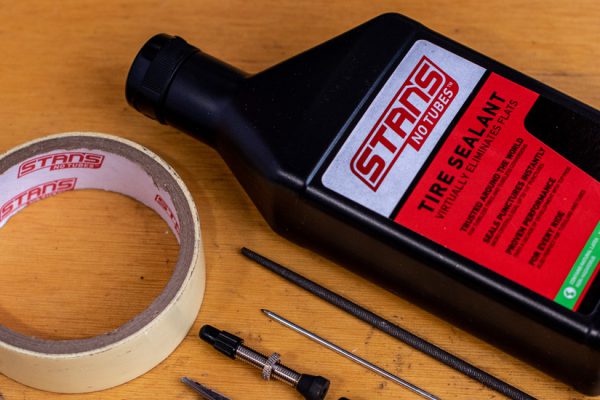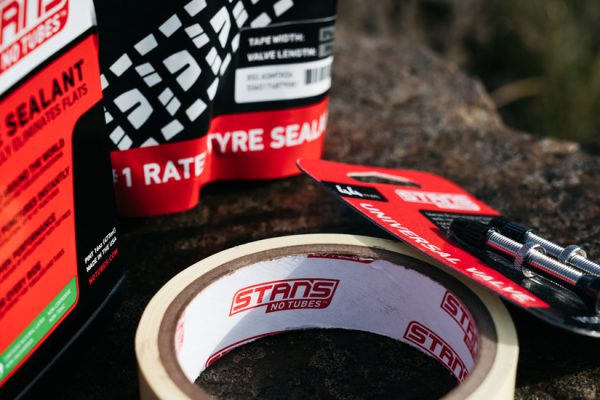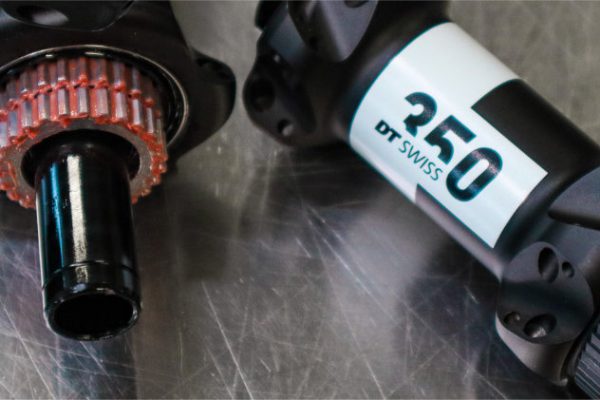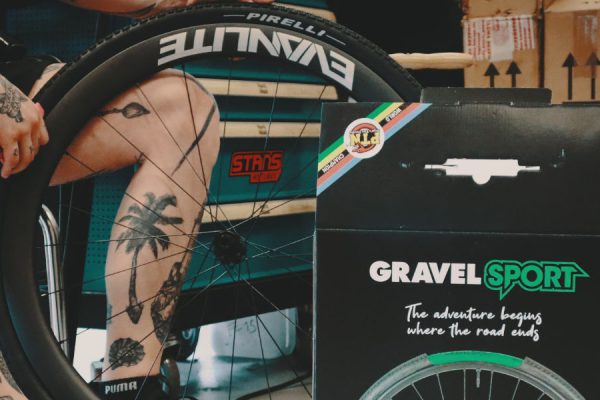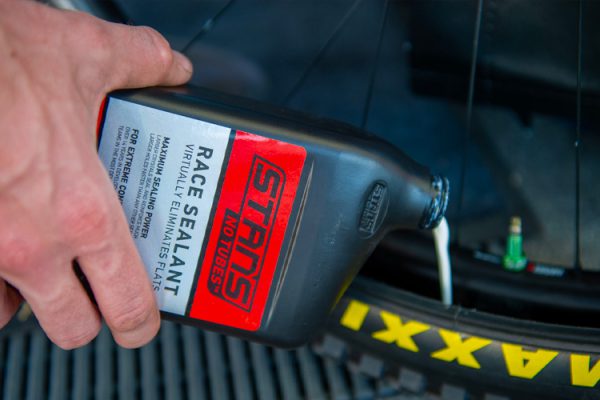Budujemy koła jakich oczekujesz
Wszystkie modele kół można indywidualnie konfigurować
Profesjonalna budowa
Koła wykonane przez wheelbuilderów w oparciu o z wysokiej jakości narzędzia i kilkudziesięcioletnie doświadczenie w rzemiośle.
Wysyłka gotowych kół
Budujemy koła na podstawie wybranej konfiguracji, a następnie wysyłamy kurierem w specjalnie przystosowanym kartonie.
Dogodna płatność
Oferujemy różne dogodne metody płatności, w tym opcję płatności ratalnej 0%.
Często wybierane modele
DT Swiss RR 521 Straightpull
od 2 099 zł
DT Swiss GR 531 Straightpull
od 2 099 zł
DT Swiss XR 391 Straightpull
od 1 849 zł
DT Swiss R 500 Straightpull
od 1 849 zł
DT Swiss XM 421 Straightpull
od 1 849 zł
DT Swiss R 500 Classic
od 1 349 zł
DT Swiss GR 531 Classic
od 1 649 zł
DT Swiss G 540 Classic
od 1 349 zł
DT Swiss RR 521 Straightpull 6 śrub
od 2 199 zł
DT Swiss GR 531 Straightpull 6 śrub
od 2 199 zł
EVANLITE New Disc 45 Black
od 4 699 zł
DT Swiss R 500 Straightpull 6 śrub
od 1 949 zł
Blogosfera
Zaleca się regularne dolewanie około 20-50 ml płynu uszczelniającego co 2-3
miesiące, jednakże w zależności od intensywności użytkowania i przebić opony,
W przypadku lżejszego użytkowania szosowo-gravelowego, korzyści systemu bezdętkowego nie zawsze są proporcjonalnie w porównaniu do jego wad.
W tym artykule przyjrzymy się bliżej, czym jest piasta z ratchetem, jak ją serwisować oraz omówimy różnice między ratchetami o różnej liczbie zębów.
Koła rowerowe są zakwalifikowane do określonego przeznaczenia zgodnie z międzynarodową klasyfikacją kół rowerowych ASTM International.
Produkcja odbywa się ręcznie we Włoszech, waży od 50 gramów czyli 300% mniej niż pozostałe marki i co najważniejsze - firma ma petent na swój produkt.
System tubeless to niesamowite rozwiązanie, które wśród zawodowców jak i wielu entuzjastów kolarstwa stało się standardem
